On an undisclosed date in September, 1979, Cosina released the CT-1 to little fanfare. After all, it was hardly a game changer. The CT-1 is a 35mm SLR with a Copal Square shutter, similar to that of the Nikon FM; a self timer providing a ten second delay and mirror lockup; and a Pentax K mount. The plates are plastic and the body feels rather cheap. The Cosina CT-1 is the distillation of all of the compact budget SLRs of the 1970s and has no distinguishing feature other than its legacy.
Cosina, having manufactured SLRs since the Hi-Lite of 1968, produced more on behalf of other manufacturers than under their own brand. If you’ve ever browsed through boxes of off-brand SLRs in thrift shops, you’ve more than likely encountered a Cosina CT-1 without realising it. The CT-1, CT-1A and CT-1 Super were sold almost unmodified throughout the eighties with Ricoh, Vivitar, Exakta, Petri, and Miranda badges along with countless others which I have neglected to mention.

In 1990, the Cosina CT-1‘s chassis provided the basis for the Canon T60, the last Canon with an FD mount; in 1995, the humble CT-1 began masquerading as a Nikon FM10; in 1999, it shed its mirror box to become the Voigtländer Bessa L. Now, you might be struggling to suspend your disbelief when faced with an article claiming a twenty-year-old SLR to be the basis for a scale focus camera with a Leica Thread Mount but this image should set your mind at ease:
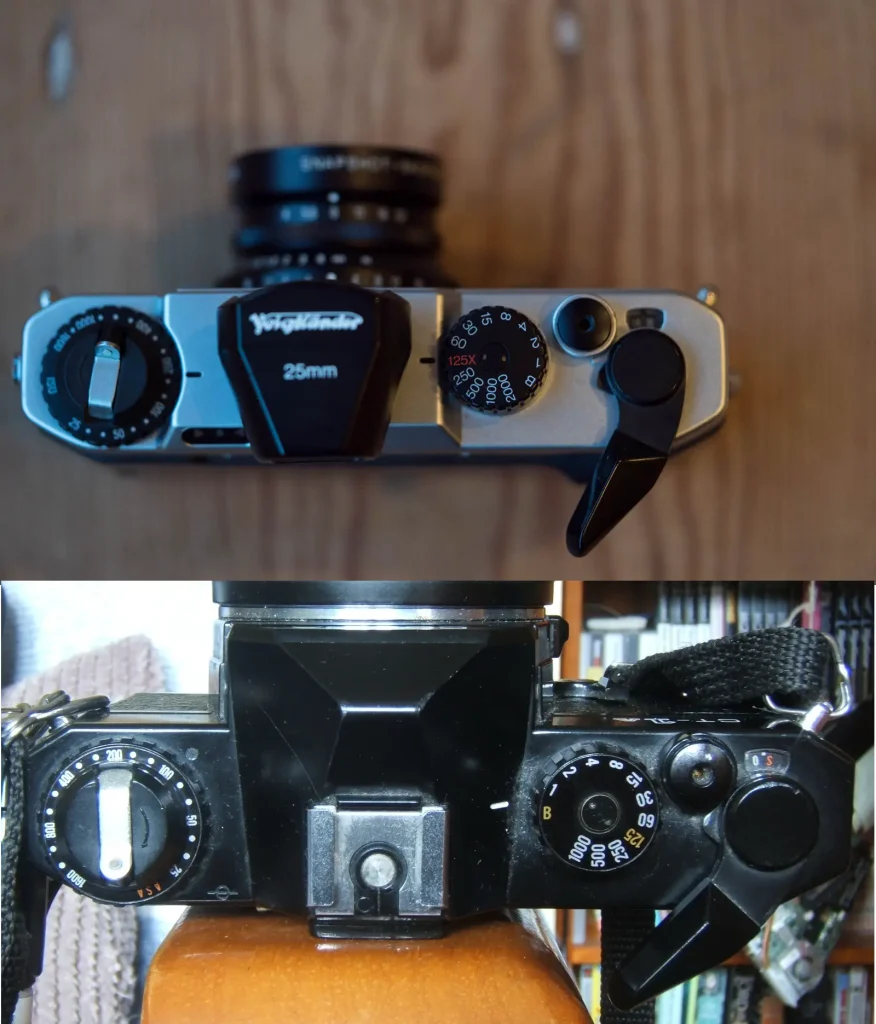
2003 brought the Voigtländer Bessaflex TM, a premium SLR and the last hurrah of the M42 screw mount. Despite being unmistakably a Cosina CT-1 with a new mount and a more refined finish, a Bessaflex now demands a price in excess of an order of magnitude greater than that of its progenitor. The following year saw the announcement of the first digital camera built on Cosina CT-1 underpinnings, the Epson R-D1, the first digital rangefinder and likely the catalyst for Leica’s entry into the digital market.
The Epson R-D1 went through two revisions before being discontinued in 2014. The Voigtländer Bessa rangefinders soldiered on until the following year. The final nail in the Cosina CT-1‘s coffin came with the discontinuation of the Nikon FM10 in 2017. A thirty-eight year legacy had finally come to an end. I believe that the FM10‘s demise and thus the demise of the Cosina CT-1 was likely catalysed by the discontinuation of Copal’s mechanical shutters in 2016.
But what is the CT-1 actually like to use?
The Cosina CT-1 is a light camera, weighing in at approximately 500 grams without a lens. The film advance, though not as light as that of my Nikon FE, is quite satisfying; you can comfortably approach one frame per second without significantly harming your composition. The shutter speed dial is light enough to turn with your index finger, eliminating the need to remove your eye from the viewfinder when adjusting exposure. The meter is activated by half-pressing the shutter button and it switches off as soon as you remove your finger. There is a small tab on the advance lever which locks the shutter button when the lever is retracted.
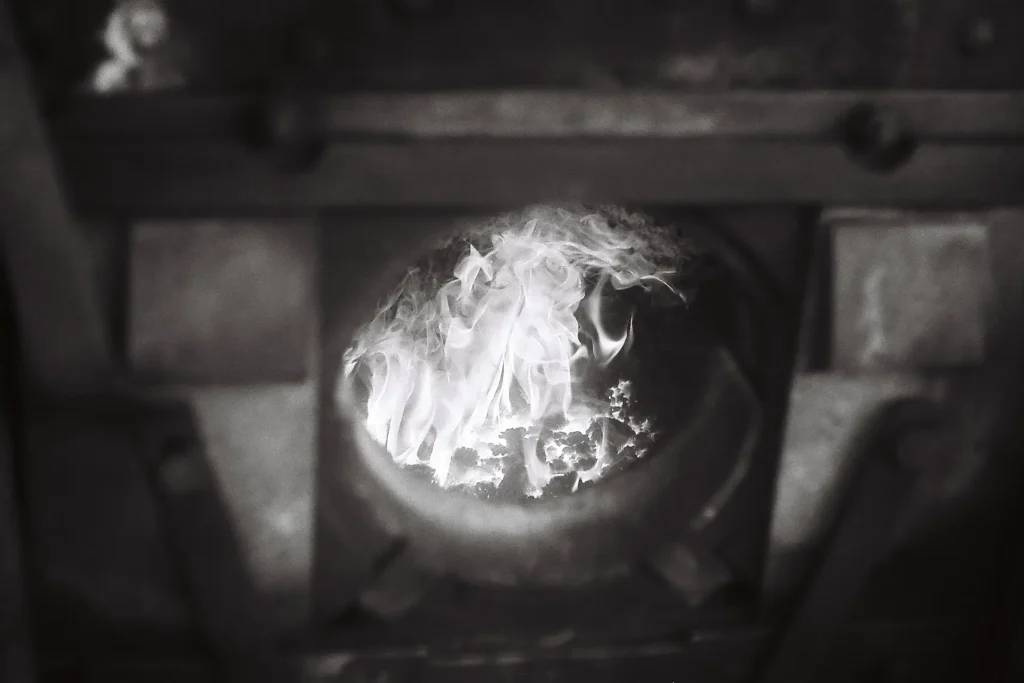
The Cosina CT-1 viewfinder neither qualifies as bright nor dark and it has a classic centre-weighted match needle light meter on the left hand side which is set using a dial beneath the rewind crank. The original CT-1 lacks a split prism and has instead a large patch of microprisms in the centre of the viewfinder encircled by a black ring demarcating the weighted section of the light meter’s range. The mirror has a tendency to bounce off of its stops causing the viewfinder image to shimmer for a moment after exposure.
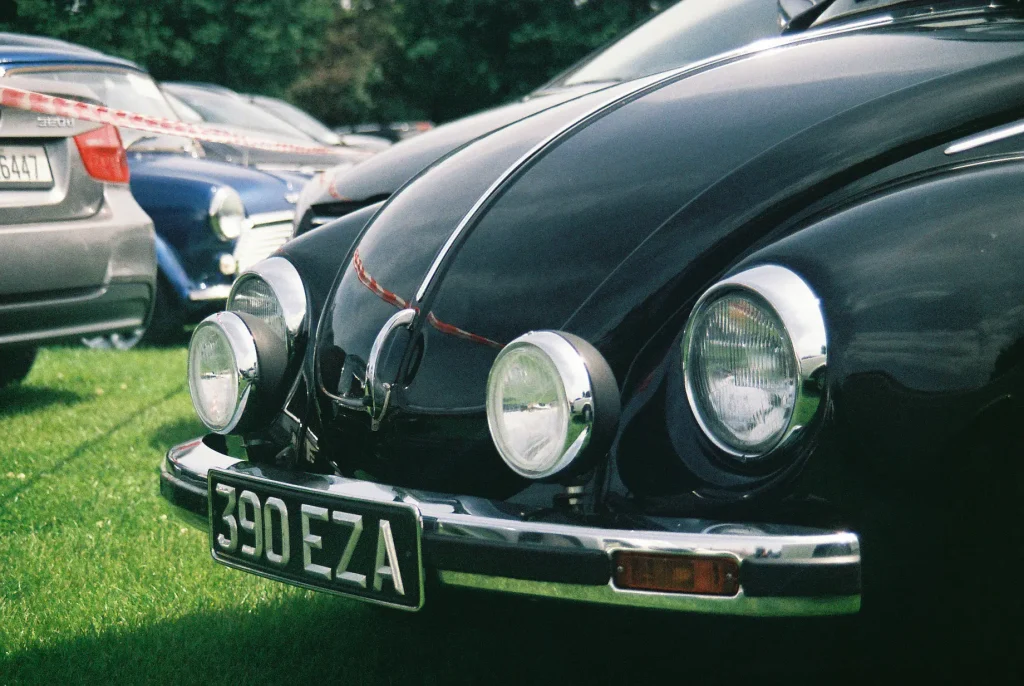
I’ve owned my Cosina CT-1A, the ‘a’ signifying the lack of a PC connector, the addition of a split prism, and an LED light meter; for four years. I purchased it on eBay for a price below £10 with a damaged 50mm f/2 Cosinon lens and a surprisingly comfortable polyester strap; since then, it has been a valued companion. I bought it initially to supplement my ailing Nikon FE but soon began to leave the FE at home and shoot with the CT-1 exclusively.
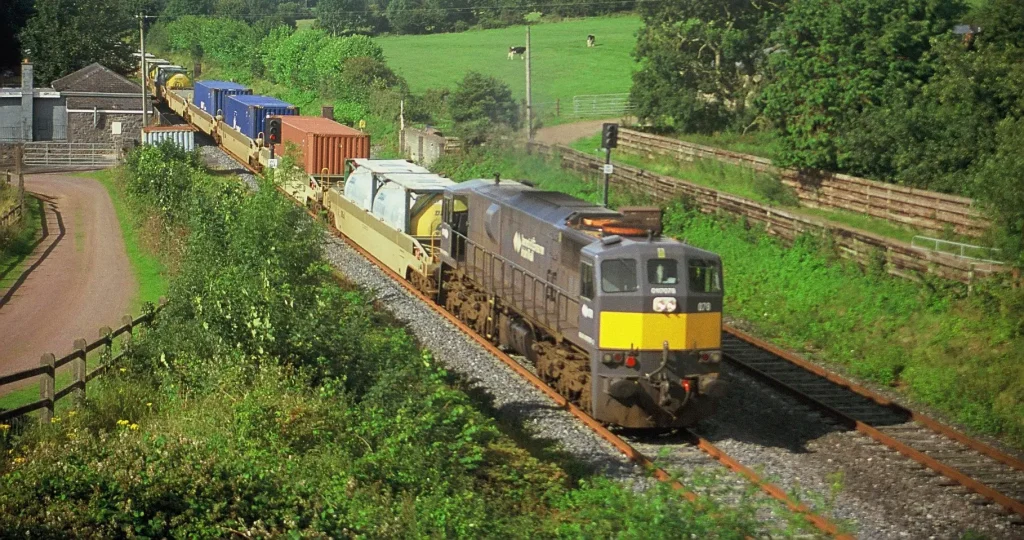
The Cosina CT-1 holds particular sentimental value for me as it was the camera that gave me the confidence to use manual exposure. Before acquiring the Cosina CT-1, I – primarily a railway photographer at the time – firmly believed that I was incapable of keeping up with action while setting the exposure manually; a belief primarily cultivated by Ken Rockwell. A single day of shooting with the Cosina CT-1 taught me otherwise.
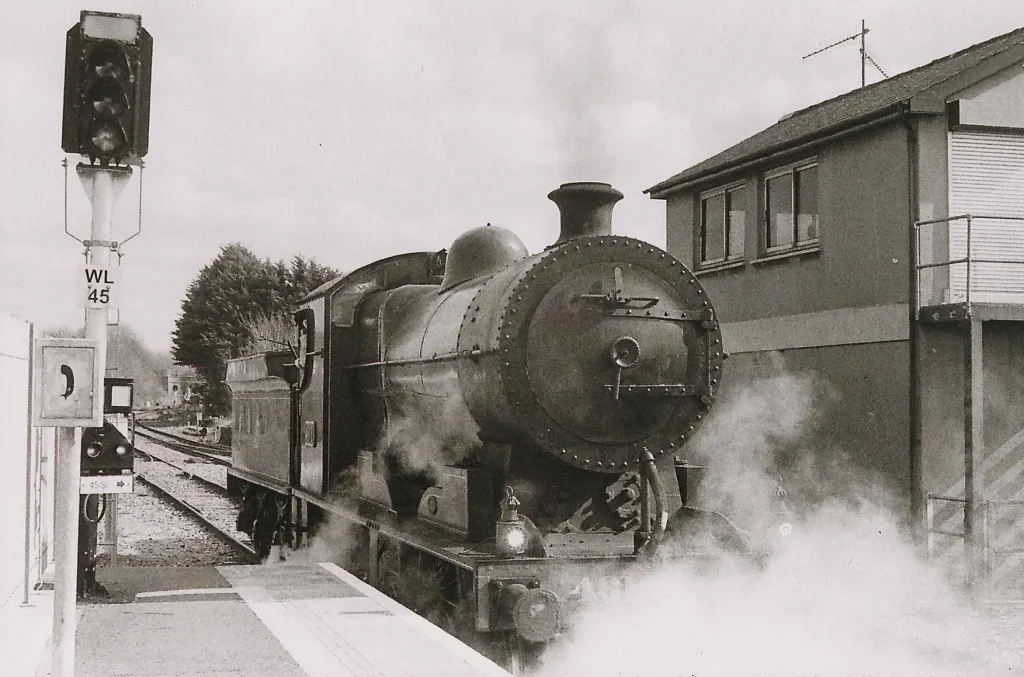
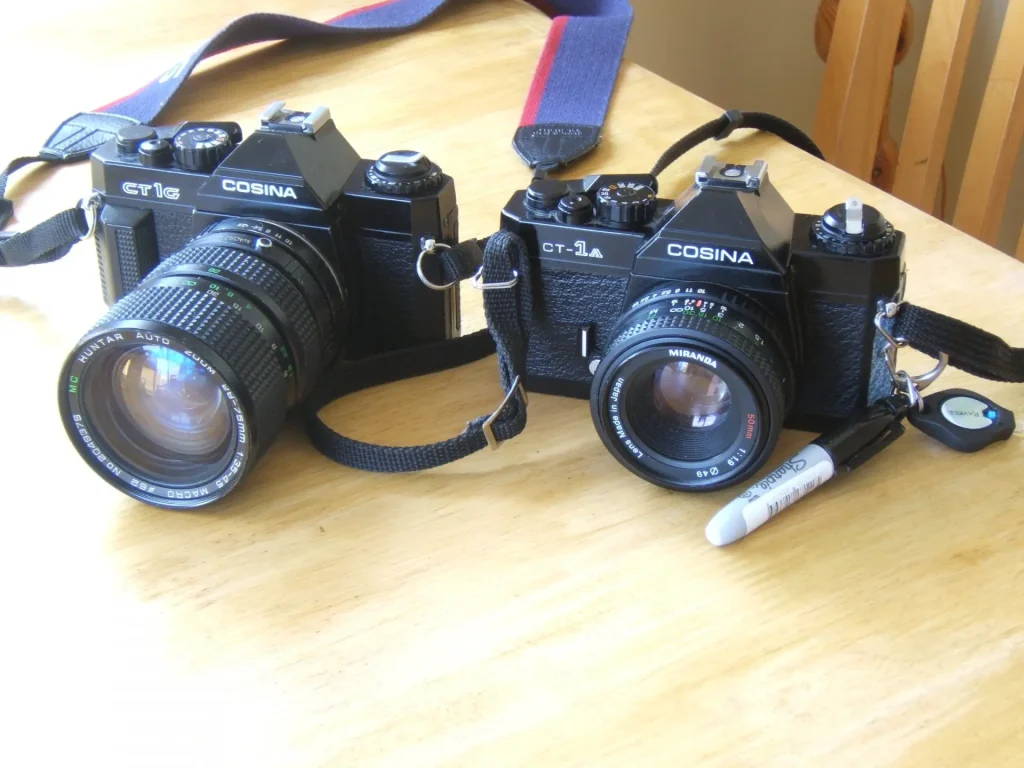
I’ve since acquired a Cosina CT-1G – a budget version lacking a self timer – as my CT-1A’s focusing screen has unfortunately been knocked out of alignment following a fall and the shutter speed dial has become quite stiff due to ageing lubricants. I hope, at some point, to have the CT-1A serviced professionally and returned to regular use, but for now, it’s been retired to the shelf.
Share this post:
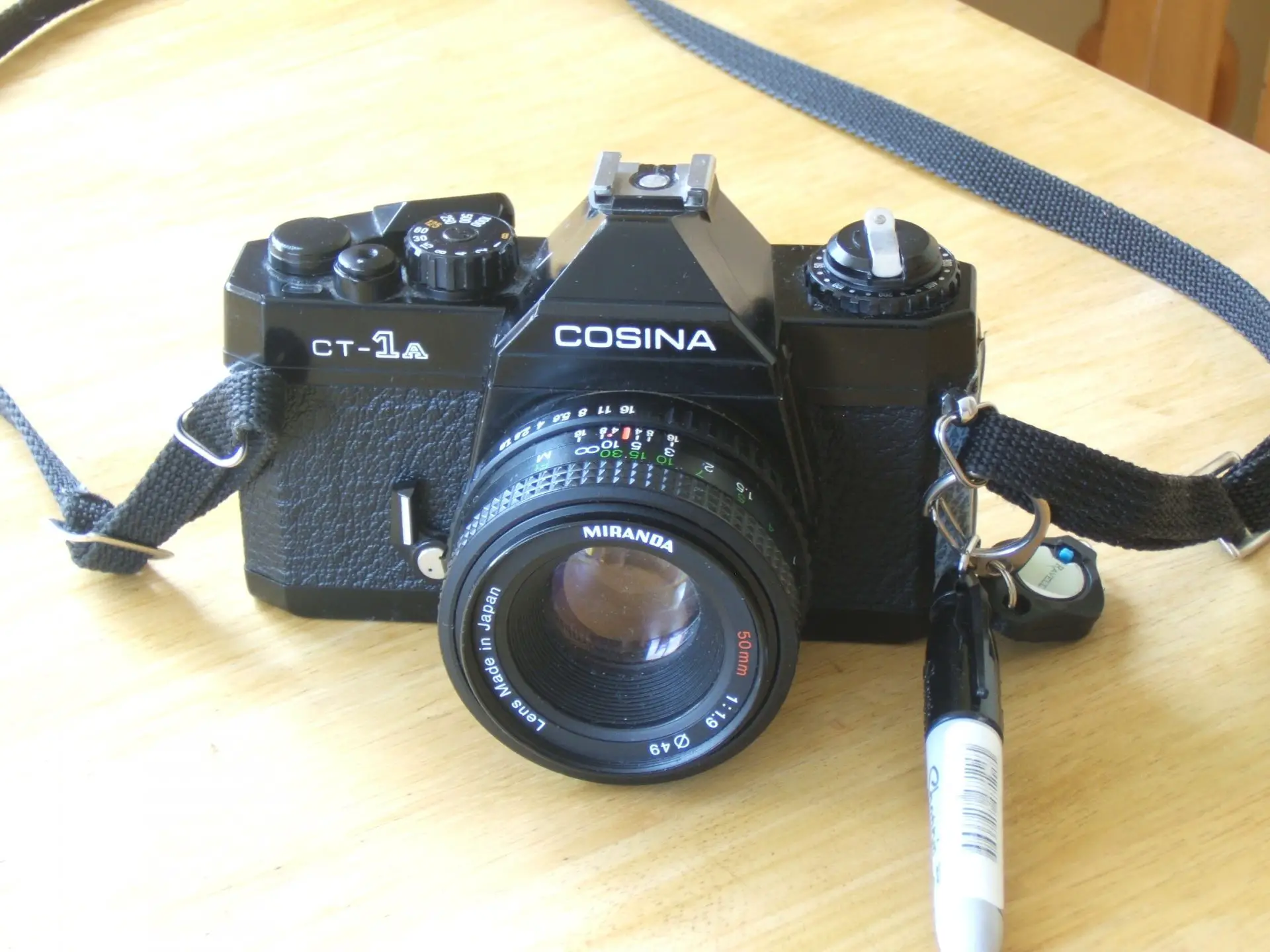








Comments
Barry Reid on Cosina CT-1 and its Lengthy Legacy – By Ben O’Keeffe
Comment posted: 11/10/2019
I'd say the FX-3 series are, arguably, the best known straight CT-1 re-skin.
Comment posted: 11/10/2019
Comment posted: 11/10/2019
Comment posted: 11/10/2019
Comment posted: 11/10/2019
Comment posted: 11/10/2019
Mark on Cosina CT-1 and its Lengthy Legacy – By Ben O’Keeffe
Comment posted: 11/10/2019
Peter Donohue on Cosina CT-1 and its Lengthy Legacy – By Ben O’Keeffe
Comment posted: 11/10/2019
Kurt Ingham on Cosina CT-1 and its Lengthy Legacy – By Ben O’Keeffe
Comment posted: 11/10/2019
Peter on Cosina CT-1 and its Lengthy Legacy – By Ben O’Keeffe
Comment posted: 11/10/2019
jeremy north on Cosina CT-1 and its Lengthy Legacy – By Ben O’Keeffe
Comment posted: 12/10/2019
Comment posted: 12/10/2019
Dave Seargeant on Cosina CT-1 and its Lengthy Legacy – By Ben O’Keeffe
Comment posted: 11/11/2019
I so hope to get it working and pass a decent roll of B&W film through it for the experience.
arhphotographic on Cosina CT-1 and its Lengthy Legacy – By Ben O’Keeffe
Comment posted: 16/11/2019
Andrew
Aitchess on Cosina CT-1 and its Lengthy Legacy – By Ben O’Keeffe
Comment posted: 24/03/2020
Another one to add to the set is the Nikon FE10, which looks very like the FM10 but adds an aperture-priority exposure mode - very like the Canon T60.
George on Cosina CT-1 and its Lengthy Legacy – By Ben O’Keeffe
Comment posted: 02/08/2020
It feels cheap, and that's kept me from using it as opposed to my heavier and more expensive cameras.
But, considering what I've read today, I'mreally tempted to "waste a roll" of film to see what comes out of the camera. I hope that I won't regret overlooking this camera!
HOW THE Cosina CT-1 turned into an evergreen | Jasper Leunk Photography on Cosina CT-1 and its Lengthy Legacy – By Ben O’Keeffe
Comment posted: 03/01/2021
The little film camera too ahead of its time - Kosmo Foto on Cosina CT-1 and its Lengthy Legacy – By Ben O’Keeffe
Comment posted: 07/02/2021
Joachim Elz-Fianda on Cosina CT-1 and its Lengthy Legacy – By Ben O’Keeffe
Comment posted: 02/05/2023
Another goodie was that when I put the trigger halfways there was an attendable "KLACK" when the aperture closing lever was activated. That served as an "acoustical pre-flash" and was useful for portraits because the subject registrated this sound as exposure and felt relief. The mirror and shutter wasn't as noisy as this.
Problem with this camera was a tapering shutter which left a shadowed area just on the left side of the image. I noticed that after some 3 years in use with 2-3mm and it grew more and more over time, so I set it to PORST and get it repaired in the warranty period.
Unfortunately this problem came back after less than 2 yrs. I tried 2 other cameras of this type bought via ebay and had the problem too, in much greater size up to complete dark expositions. Ivor Mantanle described this phenomen in his book "Classis SLRs"as "shutter tapering" which is typical for many SLRs with cloth shutter.
Patrick Stubbs on Cosina CT-1 and its Lengthy Legacy – By Ben O’Keeffe
Comment posted: 22/08/2023